Menu
Trees are majestic entities that offer many benefits, from shade and air quality to providing a habitat for wildlife. However, mature trees can become heavy or grow with weak attachments, leading to structural issues and premature tree removal emergencies. If you have trees like sugar maples or other heavy-branched species in your backyard, Driscoll Tree Service can help you support the limbs this winter. The last thing you want is branches breaking under heavy snowfall, causing injuries, damages and costly repairs. Let’s delve into the best wiring or cabling to help you maintain the structural integrity of your trees.
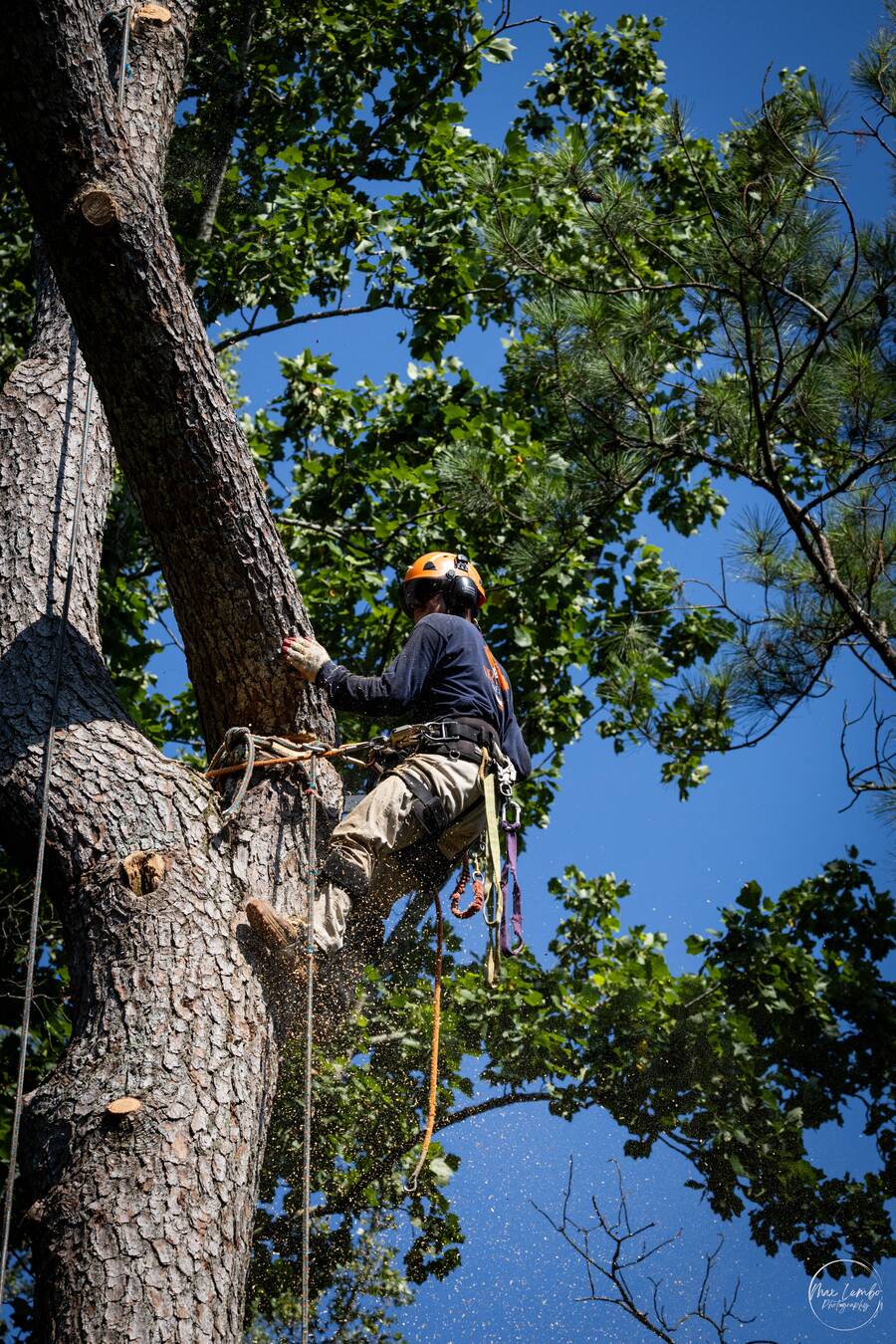

Before you can support heavy limbs, it is crucial to understand common structural issues that might prompt additional support. Some signs to look out for that require the expertise of tree service providers include dead, diseased, or dying branches. Certified arborists can determine if the limbs are salvageable or require removal to protect the rest of the tree.
Another telltale sign your tree needs support is poor canopy health or thinning because of pests or environmental stressors. A damaged canopy produces overly-exposed or dead branches that wreak havoc if left unattended. Once you detect thinning in the canopy, call a tree care company quickly to inspect, diagnose, and fix the problem.
Lastly, minor cracks through the bark and into the wood because of weather-related instances like lightning show the need for extra support. In addition, patterns of weak or overextending branches may require removal through strategic pruning. If you prefer a more hands-on approach, it is advisable to have a trusted tree service provider on hand for guidance. The last thing you want is a severely damaged tree because of improper pruning techniques, leading to unplanned tree removal emergencies.
There are several tree support systems that arborists recommend to help individual branches, leaders, or entire trees. Here are common support systems to consider for your trees this winter.
Tree cabling restricts the distance a codominant stem or branch moves in relation to the rest of the tree. This prevents excessive bending and breakage, maintaining maximum structural integrity throughout the harsh winter. Tree service providers also use cables to support weak forks, reducing the risk of breaking. Before cabling your limbs, schedule an inspection with trained professionals to determine the number of cables or if they should integrate brace rods.
Brace rods support trees with multiple leaders that have weak attachment points. Your tree care company may suggest brace rods to reduce the risk of leaders spreading and breaking apart. Also, these supportive devices help to repair split branches or separated forks. Based on the tree size, present decay, or structural issues, at least one cable can be integrated for additional support.
As a property owner, having a tree with heavy branches poses safety hazards and the risk of property damage if left unchecked. Contact us at the Driscoll Tree Service and schedule a consultation with our experts to install the proper system for your trees. Besides providing limb support, we provide planting, fertilization, pruning, and tree removal services, keeping your yard in tip-top shape.
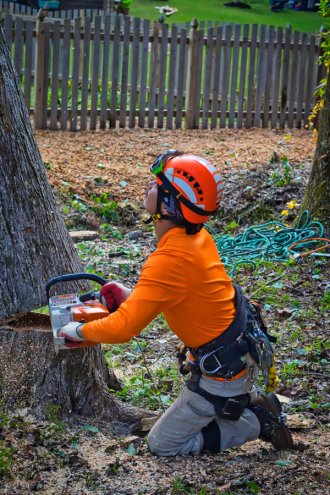
Tree Pruning: DIY vs. Hiring a Professional Trees rarely need any maintenance in the winter because they are dormant. However, spring is around the corner and offers property owners a chance to prune trees in the backyard. It is advisable…
Read More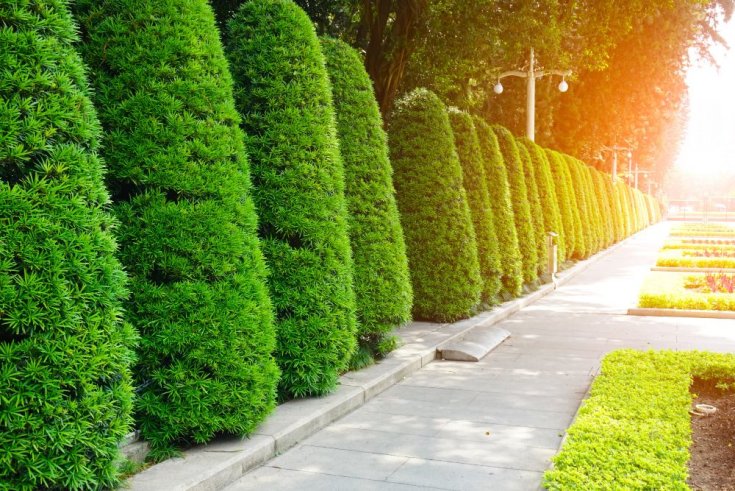
The Best Landscaping Services for Residential and Commercial Properties Landscaping enhances residential and commercial properties’ aesthetic appeal, functionality, and overall value. When most people think of landscaping, images of lush green lawns and vibrant gardens come to mind. However, landscaping…
Read More
How to Fix Evergreen Trees Turning Brown Evergreen trees are known for their lush foliage that remains vibrant throughout the year, providing beauty and stability to our landscapes. However, when those green needles or leaves turn brown, it’s often a…
Read More
The Best Way to Water Trees Trees are silent giants in our environment that require proper care to thrive. One of the most crucial aspects of their care is watering. Watering trees may seem straightforward, but some specific methods and…
Read More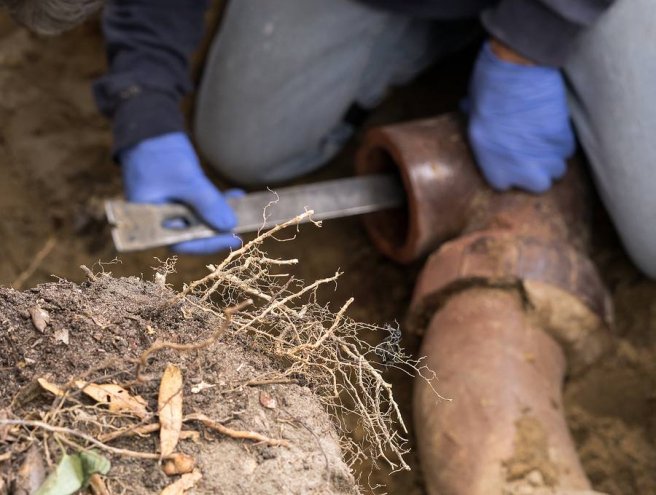
How Tree Roots Damaging Your Pipes Trees are attractive elements in your garden that provide shade and enhance the beauty of your space. However, the giant trees can cause problems to your property’s foundation and plumbing system. These roots are…
Read More
Are Holes in Trees Dangerous? Trees are magnificent entities that play a vital role in our environment. Despite the many benefits, from offering shade beauty to oxygen, many trees develop holes, causing concerns about their health and safety. If you…
Read More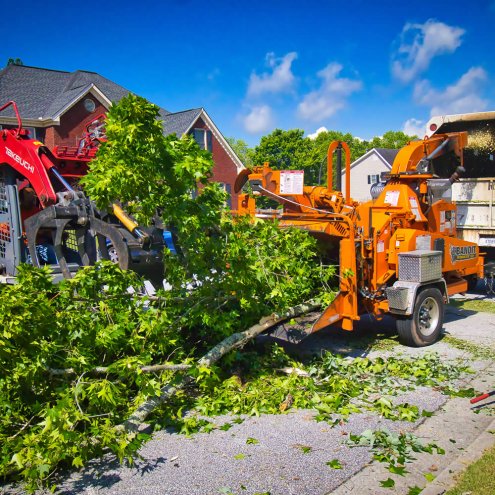
The Dangers of Ignoring Tree Removal Trees are not only nature’s exquisite creations but also valuable assets that enhance the beauty and character of your landscape. Their presence provides shade, improves air quality, and contributes to the overall aesthetics of…
Read More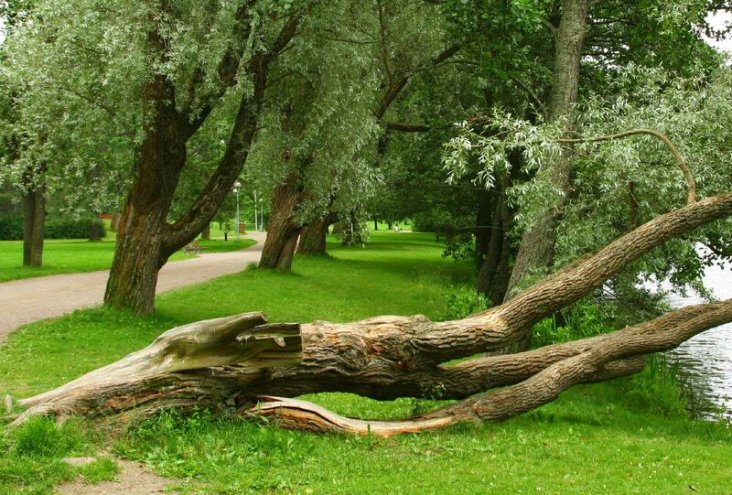
Why are My Tree Branches Falling Off? As the summer temperatures rise, the tranquility of your garden may be disrupted by branches falling off your trees. Unlike the more common storm or ice damage, these occurrences can leave you puzzled,…
Read More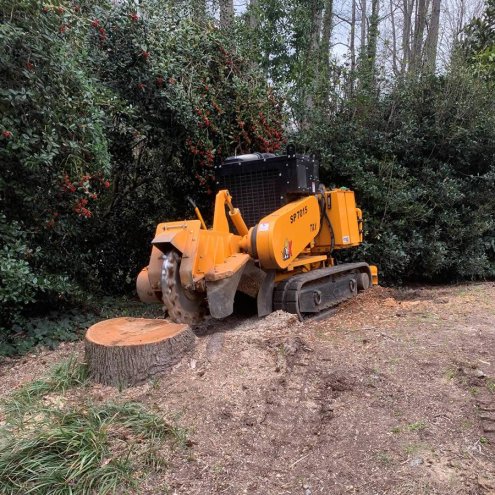
Why Stump Grinding Is an Important Part of Tree Removal We hate to see a tree go. Most homeowners do. After all, trees offer shade, privacy, and character to a yard; some even give us delicious fruit. So, taking one…
Read More
Hey there, Metro Atlanta neighbors! Whether you’re battling Bradford pears that shed like a husky in July or nurturing a century-old oak that’s seen more history than Peachtree Street, the tree care specialists at Driscoll Tree Service have some tips…
Read More